Salt Tectonics
The conceptual breakthroughs in understanding salt tectonics can be recognized by reviewing the history of salt tectonics, which divides naturally into three parts: the pioneering era, the fluid era, and the brittle era.
The pioneering era (1856-1933) featured the search for a general hypothesis of salt diapirism, initially dominated by bizarre, erroneous notions of igneous activity, residual islands, in situ crystallization, osmotic pressures, and expansive crystallization. Gradually data from oil exploration constrained speculation. The effects of buoyancy versus orogeny were debated, contact relations were characterized, salt glaciers were discovered, and the concepts of downbuilding and differential loading were proposed as diapiric mechanisms.
The fluid era (1933-~1989) was dominated by the view that salt tectonics resulted from Rayleigh-Taylor instabilities in which a dense fluid overburden having negligible yield strength sinks into a less dense fluid salt layer, displacing it upward. Density contrasts, viscosity contrasts, and dominant wavelengths were emphasized, whereas strength and faulting of the overburden were ignored. During this era, palinspastic reconstructions were attempted; salt upwelling below thin overburdens was recognized; internal structures of mined diapirs were discovered; peripheral sinks, turtle structures, and diapir families were comprehended; flow laws for dry salt were formulated; and contractional belts on divergent margins and allochthonous salt sheets were recognized. The 1970s revealed the basic driving force of salt allochthons, intrasalt minibasins, finite strains in diapirs, the possibility of thermal convection in salt, direct measurement of salt glacial flow stimulated by rainfall, and the internal structure of convecting evaporites and salt glaciers. The 1980s revealed salt rollers, subtle traps, flow laws for damp salt, salt canopies, and mushroom diapirs. Modeling explored effects of regional stresses on domal faults, spoke circulation, and combined Rayleigh-Taylor instability and thermal convection. By this time, the awesome implications of increased reservoirs below allochthonous salt sheets had stimulated a renaissance in salt tectonic research.
Blossoming about 1989, the brittle era is actually rooted in the 1947 discovery that a diapir stops rising if its roof becomes too thick. Such a notion was heretical in the fluid era. Stimulated by sandbox experiments and computerized reconstructions of Gulf Coast diapirs and surrounding faults, the onset of the brittle era yielded regional detachments and evacuation surfaces (salt welds and fault welds) along vanished salt allochthons, raft tectonics, shallow spreading, and segmentation of salt sheets. The early 1990s revealed rules of section balancing for salt tectonics, salt flats and salt ramps, reactive piercement as a diapiric initiator resulting from tectonic differential loading, cryptic thin-skinned extension, influence of sedimentation rate on the geometry of passive diapirs and extrusions, the importance of critical overburden thickness to the viability of active diapirs, fault-segmented sheets, counter-regional fault systems, subsiding diapirs, extensional turtle structure anticlines, and mock turtle structures.
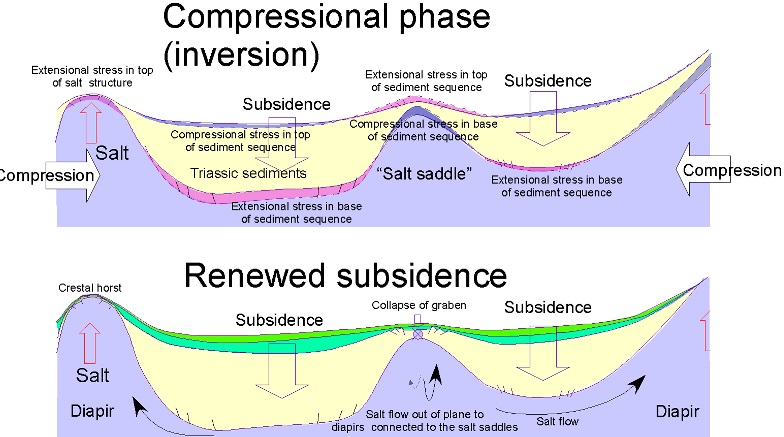
Salt structures are unlikely to develop spontaneously from a tabular layer of evaporites due to buoyancy alone; initiation of salt movement is attributed to regional extensional deformation (Trusheim, 1960, Kockel, 1995, Koyi et al., 1993, Vendeville and Jackson, 1993, Jackson and Vendeville, 1994) or gravity spreading (Fort and Brun, 2012).
Phases of salt diapirism are described as ‘Reactive’, ‘Active’ and ‘Passive’, in an extensional regime, by Jackson and Vendeville (1994). Reactive diapirism occurs in response to extension of the brittle overburden and is the chief initiator of salt diapirism (Vendeville and Jackson, 1993). The process can operate regardless of original overburden thickness and strength (Koyi et al., 1993, Vendeville and Jackson, 1993). The extension creates space above the salt layer, which allows the salt to emplace into overlying normal fault bound grabens (Hudec and Jackson, 2007). Reactive diapirism creates triangular pointed crest geometries and is generally associated with the creation of early stage salt walls.
The transition to active diapirism occurs when the reactive diapir has gained sufficient vertical extent and the overburden has been thinned by extension. Differential loading is the main driving force behind vertical movement in this phase. The salt diapir will actively intrude into the overburden (Schultz-Ela et al., 1993) lifting the overburden ‘roof’ above regional datum, rotating and shouldering it aside (Jackson et al., 1994).
The progression to passive diapirism occurs when the diapir has intruded and pushed aside the overburden to the point of salt emergence at the sedimentation surface (Hudec and Jackson, 2007). The crest of a passive salt diapir remains at the surface whilst sediments subside around the diapir.
Regional shortening can amplify existing salt structures, or create salt anticlines where halokinesis has not disturbed the salt layer previously (Koyi, 1988, Stewart and Coward, 1995, Koyi, 1998, Sans and Koyi, 2001). The salt layer is mechanically weaker than the surrounding sediments. This enables amplification of original salt structures undergoing lateral compression, as the underlying salt flows into the core of the anticline (Hudec and Jackson, 2007).
Salt structures amplified by shortening have typical characteristics including episodic growth, allowing thick sets of strata to be deposited above the diapir in between growth periods. They also are characterized by narrower or pinched off conduits from the salt layer and strata adjacent which are little deformed, as the deformation is taken up within the salt layer (Warren, 2006).
https://www.sciencedirect.com/science/article/pii/S0264817214003717

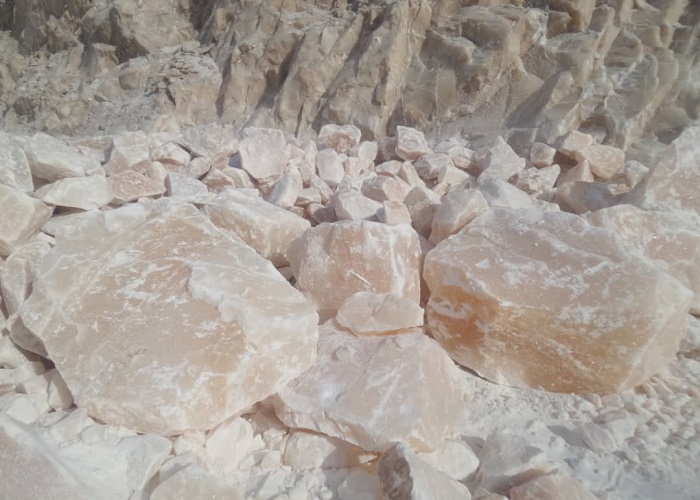
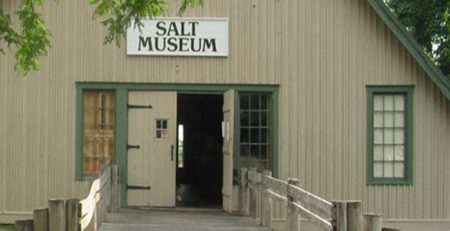

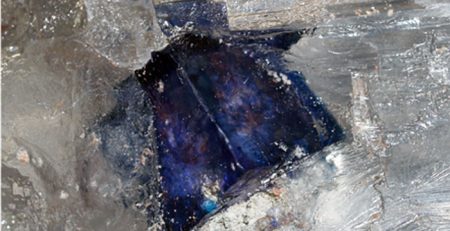

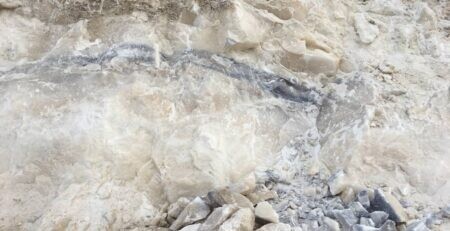
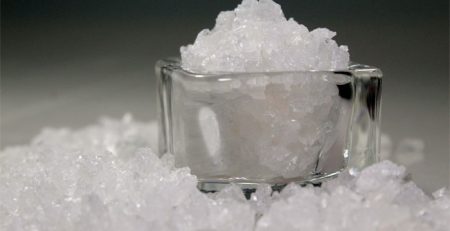
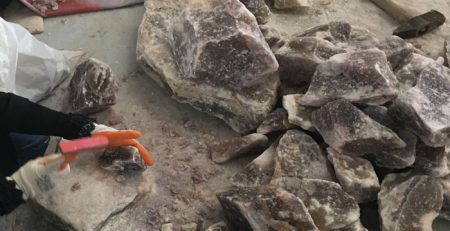
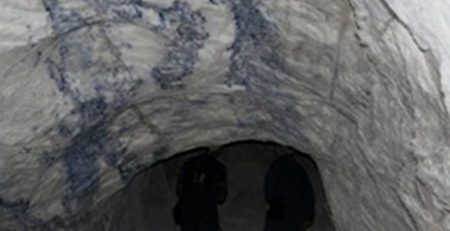
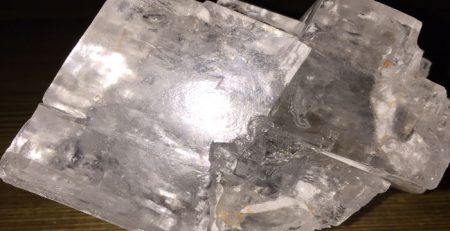
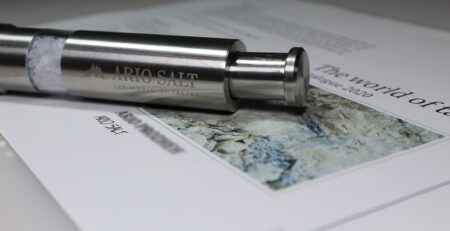
Leave a Reply